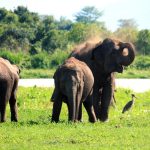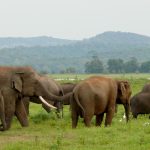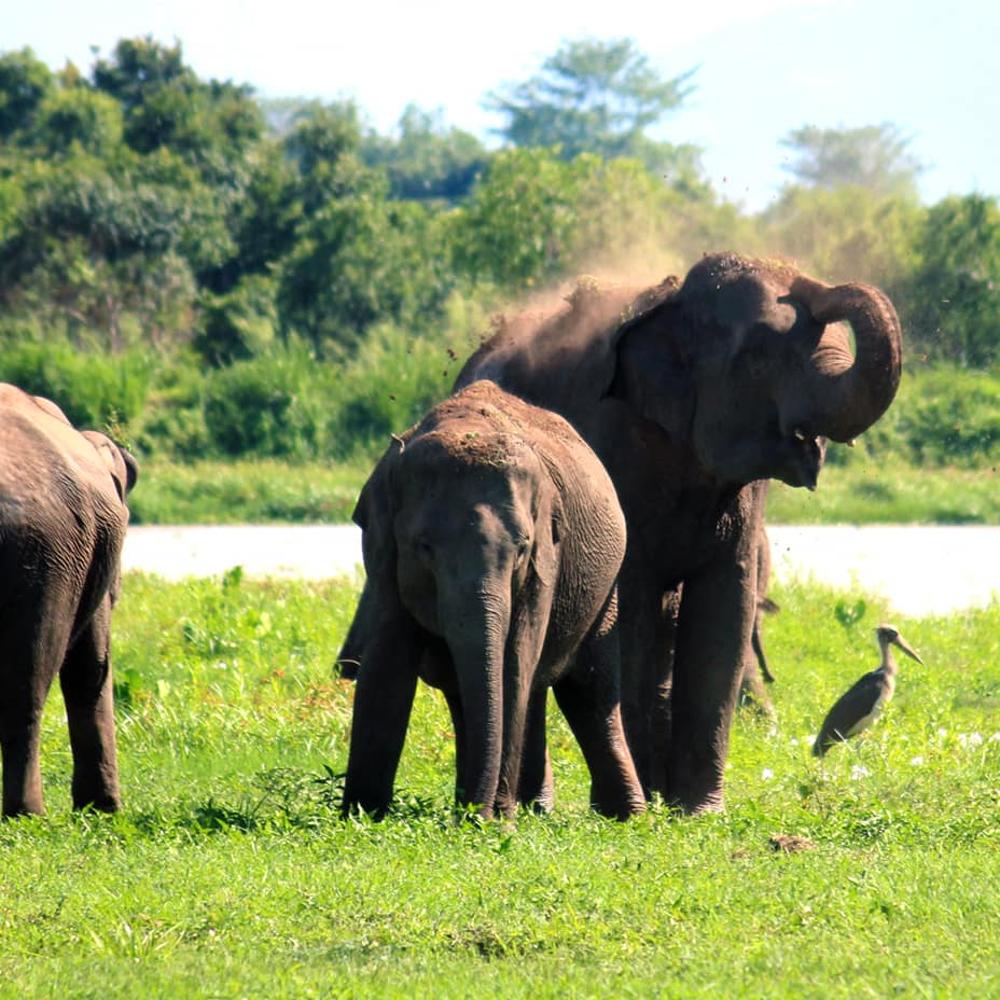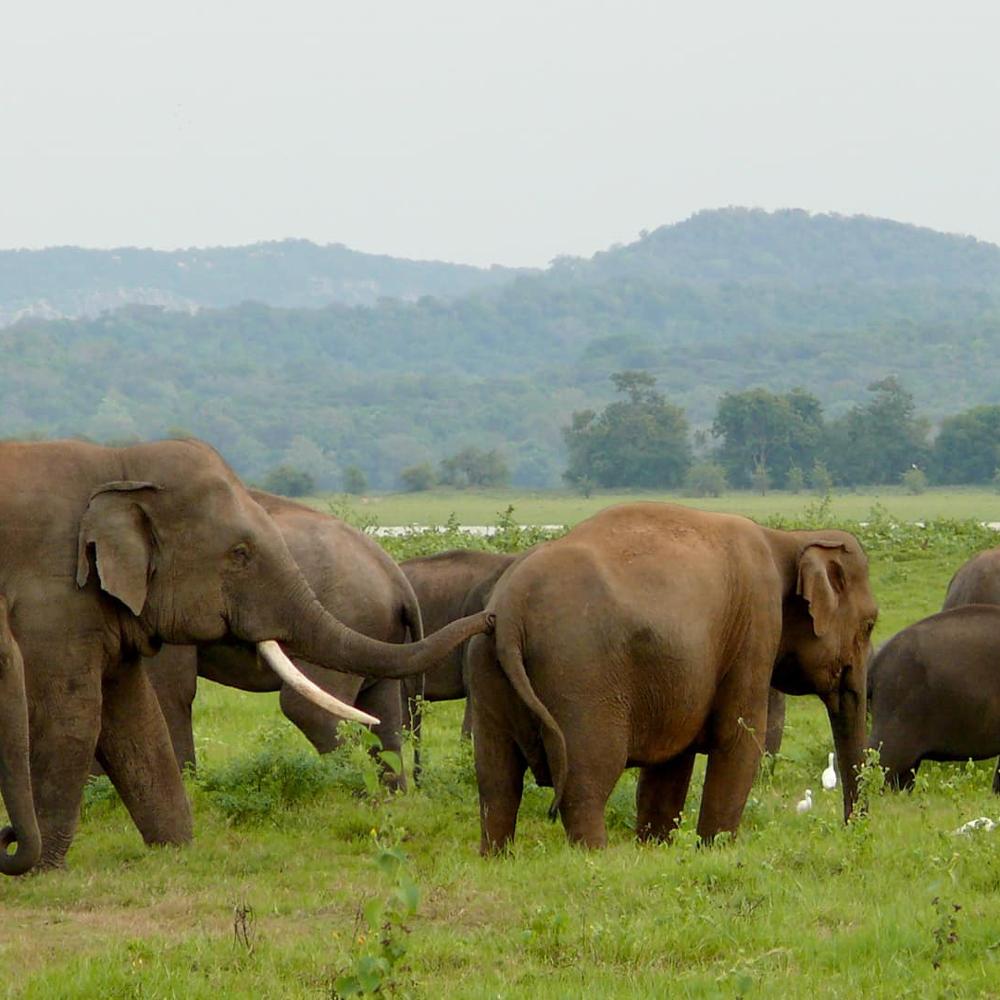Description
Kaudulla National Park is a wildlife sanctuary located in the Polonnaruwa district of the North Central Province in Sri Lanka. The park was established in 2002 and is one of the several national parks in the country dedicated to the conservation of its diverse flora and fauna. Here are some key features and information about Kaudulla National Park:
- Location: Kaudulla National Park is situated approximately 197 kilometers away from Colombo, the capital of Sri Lanka. It is part of the elephant corridor that links with the Minneriya and Wasgamuwa National Parks.
- Reservoir: The park surrounds the Kaudulla Tank, an ancient irrigation reservoir that dates back to the third century AD. During the dry season, water in the tank attracts a large number of wildlife, making it a crucial water source for animals in the region.
- Elephant Gathering: One of the highlights of Kaudulla National Park is the annual “Elephant Gathering,” which usually occurs during the dry season from August to December. During this period, large herds of wild elephants gather around the reservoir in search of water and food. This spectacle has become a major attraction for tourists and wildlife enthusiasts.
- Flora and Fauna: In addition to elephants, Kaudulla National Park is home to a variety of wildlife, including sambar deer, axis deer, wild boar, Sri Lankan leopard, sloth bear, and various species of birds, reptiles, and amphibians. The park’s vegetation includes dry mixed evergreen forests and grassy plains.
- Bird Watching: The park is a haven for bird watchers, with over 160 species of birds recorded. This includes both resident and migratory birds. Painted storks, spot-billed pelicans, and various species of eagles and owls are among the bird species that can be spotted in the park.
- Safari Tours: Visitors to Kaudulla National Park can explore the area through organized jeep safari tours. Experienced guides accompany visitors to ensure a safe and informative wildlife-watching experience.
- Conservation: The park plays a vital role in the conservation of Sri Lanka’s biodiversity, particularly by protecting the habitats of its diverse range of species.

































